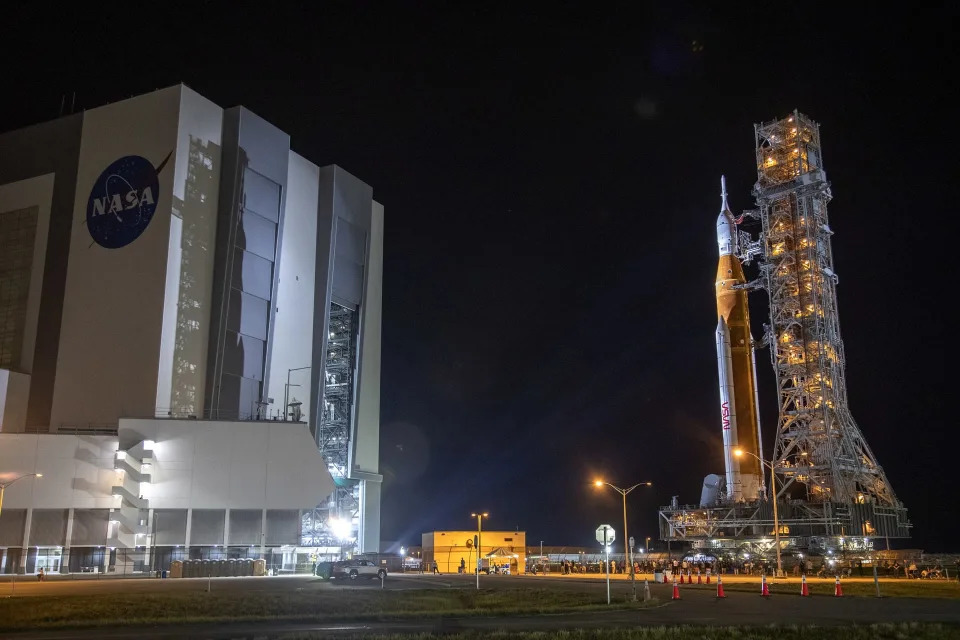Miami – NASA engineers replaced two seals in the central stage of the Space Launch System (SLS) rocket, which will carry the historic Artemis I mission into space, and are preparing for a fuel tank filling test before a new launch attempt, scheduled for the 23rd of this month.
This was reported by the US space agency on the mission blog, after two launch attempts at Cape Canaveral, Florida, of the gigantic SLS rocket with the Orion spacecraft attached.
“Both the 8-inch (20.3 cm) line used to fill and drain liquid hydrogen from the core stage, and the 4-inch (10.1 cm) bleed line used to redirect part of the propellant during tank were removed and replaced this week,” NASA detailed in the most recent update.
Technicians will soon be reconnecting the umbilical plates and conducting inspections over the weekend before preparing for a tank demonstration on Saturday, September 17.
According to the agency, this demonstration will allow engineers to verify the new seals “in cryogenic or super cold conditions”, as expected on launch day and before proceeding to the next attempt.
A leak of liquid hydrogen during the process of tanking the rocket that, despite the “multiple efforts” made, could not be solved, forced last Saturday to stop the countdown about 3 hours before the scheduled time for the window of launch.
The first launch attempt took place on August 29, but was canceled due to a failure in one of the 4 RS-25 engines of the powerful SLS rocket, which is 98 meters high and cost about 4.1 billion dollars.
NASA “is preserving options for the next launch opportunity on Friday, September 23,” the mission blog said.
The objective of the first Artemis mission is to test the capabilities of the SLS and the Orion spacecraft, before a manned voyage originally planned for 2024, which will be followed by a third in which for the first time since 1972 American astronauts, including a woman and a person of color will step on the lunar surface.
The Artemis I, which will take off without a crew, has a fixed duration of 37 days, 23 hours and 53 minutes, a period in which, removing round trips, the Orion spacecraft will be orbiting the Moon.

